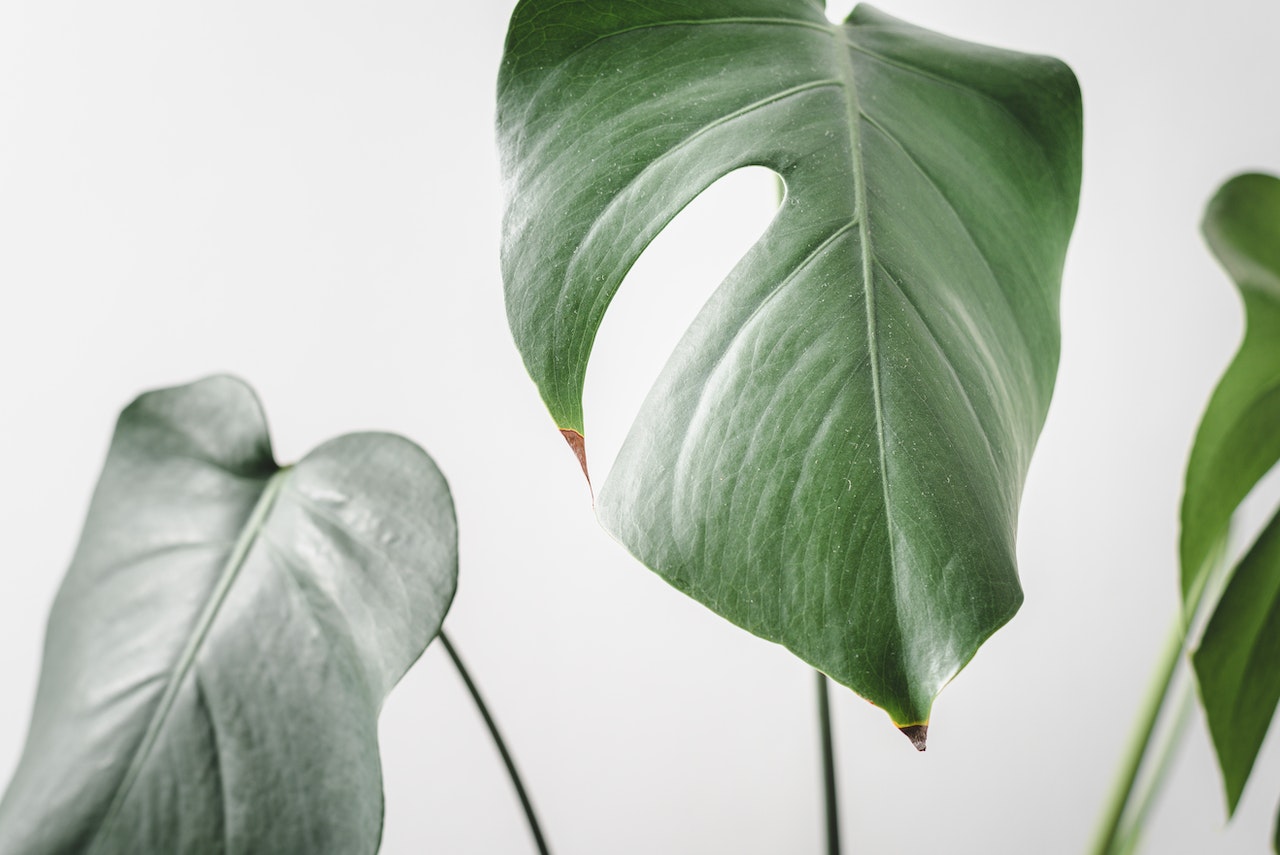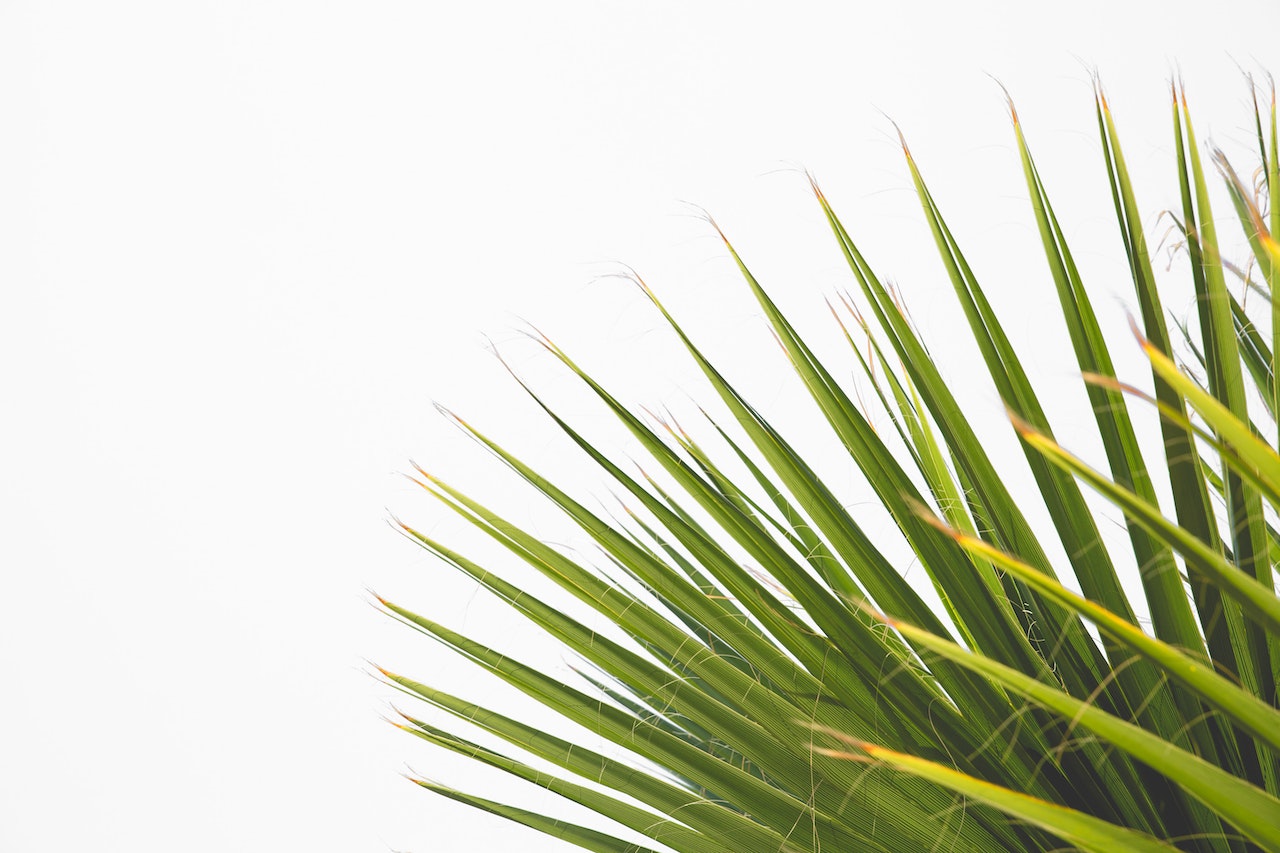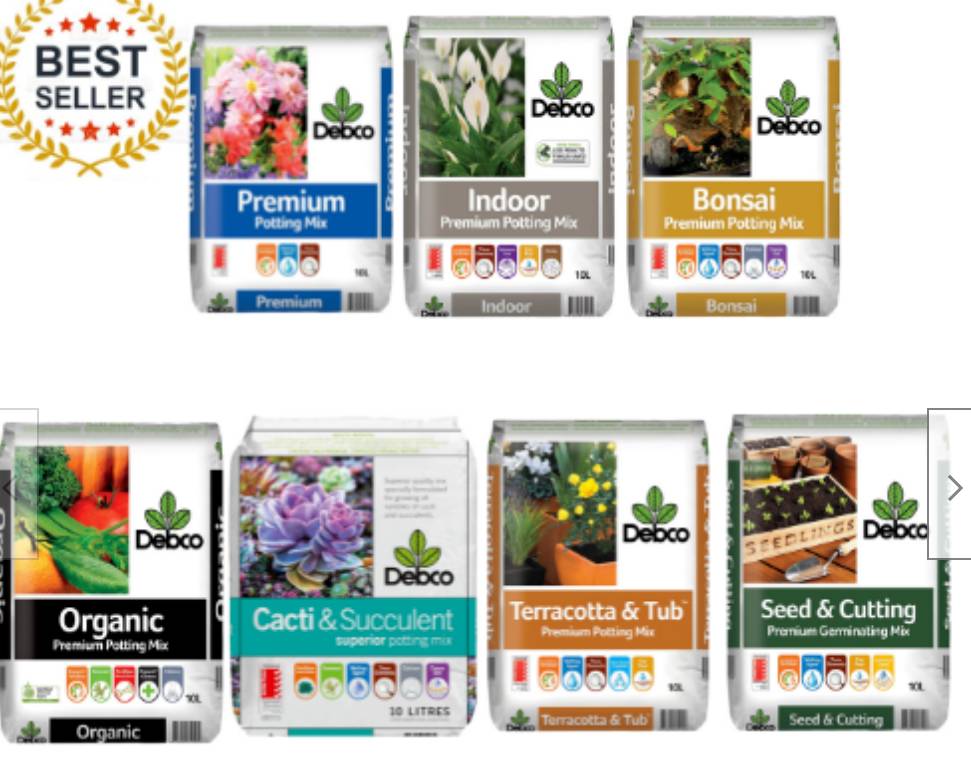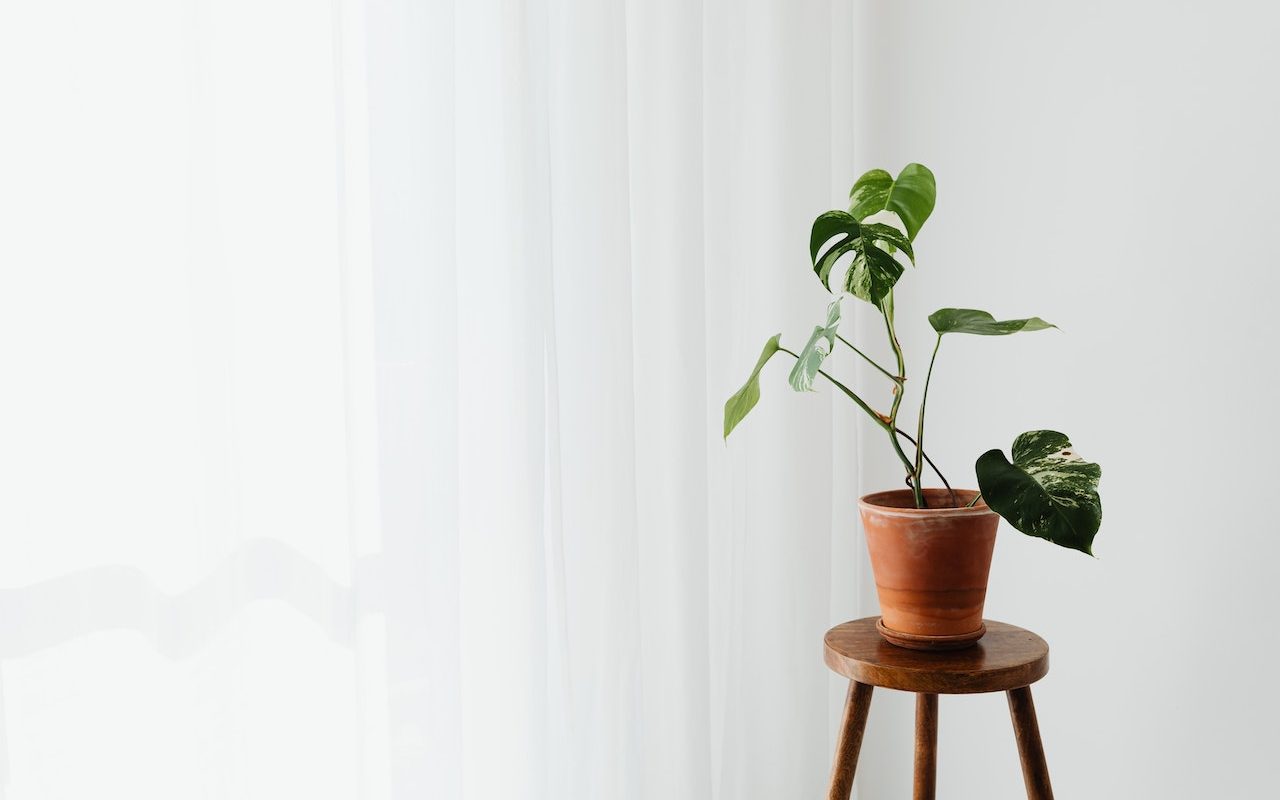While outdoor gardening might be the more common form of horticulture, many people prefer the more intimate experience of growing plants indoors. Indoor horticulture has plenty of advantages, from helping to keep houseplants fresh and clean to making it easier to take care of plants throughout the year.
The great thing about growing indoor plants is that there are so many varieties that it is easy to find something that appeals to your tastes and the specific needs of your chosen plants. To find the perfect home for your indoor plants, you need a good potting mix. This will provide nutrients, moisture, drainage and stability so that your plant does not have uninvited company – as well as keeping them healthy and happy.
What Is a Good Potting Mix for Plants?
The best potting mix for plants is a combination of various materials. The ideal potting mix contains both soil and peat moss, with added compost or vermiculite. Keep the proportions between these ingredients to ensure the mixture retains moisture and nutrients.
Other goodies like perlite, sand and worm castings are also beneficial in a good potting mix. A potting mix should be well-drained, but if it becomes too dry, add water as needed to maintain the proper balance of moisture.
What is the Best Potting Mix for Indoor Plants?
There are many different types of potting mixes on the market. The most important factor to consider is the type of plant, especially if you have specific requirements for your plants. Some plants require a moist or dry mix, for example, while others require more drainage or nutrients.
For most indoor plants, a good potting mix is one that has high levels of organic matter such as peat or coir and with a pH range between 5.2 and 7.6. This will provide the proper soil conditions and help support healthy plant growth. Foliar feedings are also recommended to ensure that your plant is receiving some extra nutrition and all the benefits it needs from its new home.

Choosing the Right Soil for Your Plant
If you are considering growing plants indoors, you will need to find a potting mix that is appropriate for your specific plants. There are plenty of options to choose from, and many have unique advantages and disadvantages. You will also need to consider the plant’s needs and how it will be cared for.
For example, some plants require acidic soil while others prefer alkaline conditions. If you choose peat moss as the base for your potting mix, it will provide moisture and nutrient-rich hydration but may cause excessive humidity in some circumstances. Other mixes will be well suited for plants that like low-light conditions or they can help plants retain more water than clay pots would allow.
However, choosing a potting mix is not an exact science; it all comes down to personal preference. It is important to note that if you buy a potting mix online, make sure that the package specifies what type of plant the mix is intended for.
The Best Options for Bedding Plants
When it comes to potting mixes, there are a few options that make the most sense for specific plants. If you’re looking for a mix meant to provide nutrients and water, then you might want to consider one designed specifically for your plant’s needs.
If your plant likes a more natural mix, then you can look into organic alternatives. Organic potting mixes often have ingredients like peat moss, bark chips and composted manure from livestock feed. You can also find some organic products that are formulated in part with recycled waste water. This is great for plants that require high moisture levels during the warmer months of the year.
Nowadays there are many different types of potting mixes on the market, so it is important to choose one that suits your indoor gardening needs and aesthetic preference. To help make this decision easier, here are six options for bedding plants in Australia:
When Do you Need Granular Media?
Granular media is a mix of sand and gravel that can be used as a potting mix for indoor garden plants. It is an essential part of any healthy indoor garden and it should be used in every pot.
When do you need granular media?
1) When the plants are being watered by hand.
2) When you don’t have enough room to use soil or too much room to use soil.
3) When drainage must be improved and the medium should remain constantly moist.
4) When you want to give your plants more stability than soil, but less than in a plastic pot. Granular media gives plants better support than sand alone, but it doesn’t weigh them down as much as soil does either.
5) For plants that require good drainage, such as ferns and succulents.
6) For plants that require constant moisture, such as African violets and cacti.

When to Use Vermiculite or Esparto Mixes?
Vermiculite is a natural mineral that creates air pockets inside the potting mix which increase aeration. It provides important drainage and is an excellent fertilizer. Esparto mixes are common in Australia, especially for plants that need to be watered regularly or have large root systems.
They make up for the lack of nutrients in a soil mix by adding compost and other sources of nutrients like peat moss and cottonseed meal. The downside to these mixes is that they don’t provide much aeration, so they’re not recommended for plants with lots of leaves or in humid climates.
How to Choose an Esparto Soil?
Choosing a potting mix for your indoor plants is important. The key to choosing the best potting mix is to find something that will suit the needs of your chosen plants. To help you make this decision, we have compiled a list of some of the most common types of plants and their corresponding soil type.
1. Peppers: Soilless potting mix
2. Aloe Vera: Clay-free potting mix
3. Cacti: Potting mix with perlite, vermiculite or pumice
4. Carnivorous Plants: Soil with cactus peat, perlite, sand and clay
5. Succulents: Soil with sphagnum moss or coir fibers
6. Orchids: Sphagnum moss or coir fibers
How to Choose a Perlite Soil?
The most important thing to consider when choosing a potting mix is the fertilizer it contains. Perlite is highly porous and absorbs moisture really quickly, which can be a problem for plants that have trouble with too much water. However, it also contains calcium, magnesium and potassium, so it provides these essential nutrients to the plant without any extra effort from the grower.
Another good potting mix to consider is perlite and soil. This mixture has the benefits of both together and can provide all the nutrients your plants need without any problems or worries about over-watering or under-watering. You may need to add more compost or peat moss if you want to avoid this issue, but this combination usually works well in pots with poor drainage.

How to Choose Weak-Holding Soil?
The best potting mix for your indoor plants will depend on the plant you are growing, so it is important to choose one that is suitable for the particular plant’s needs. Most soils come with specific instructions on how to prepare them, which usually includes adding a granular filler like clay or perlite in order to create a firm but weak-holding soil. This ensures that there is enough void space between the particles of soil to provide drainage and prevent drowning.
A good rule of thumb when choosing a potting mix for your indoor plants is to look for those with more perlite than clay – this will help make the mix more porous and provide oxygen to roots. Keep in mind that this does not have to be precise; just make sure you find one with at least 25 percent perlite by volume.
Conclusion
Now that you know how to choose the best potting mix for indoor plants, you can incorporate your new knowledge into your gardening routine.
As a leading provider of plant pots and gardening supplies, we’re dedicated to helping you take care of your plants, so you can enjoy a beautiful garden.






